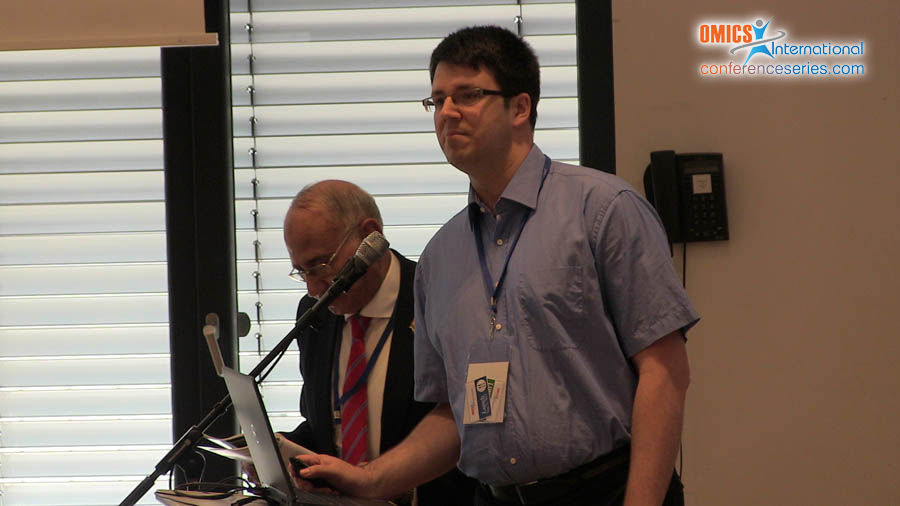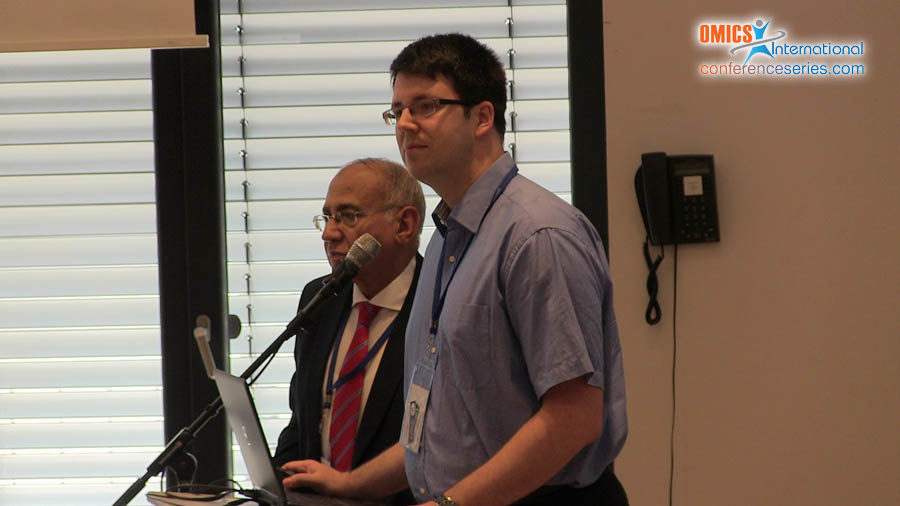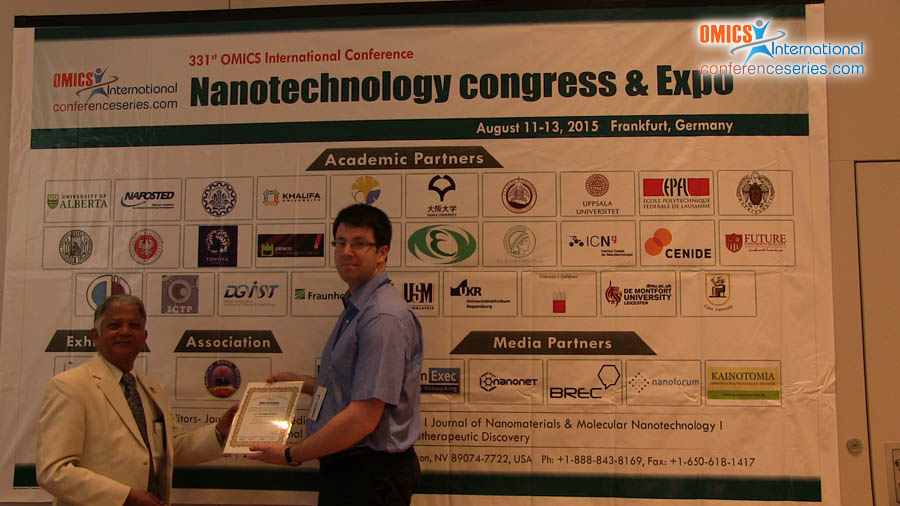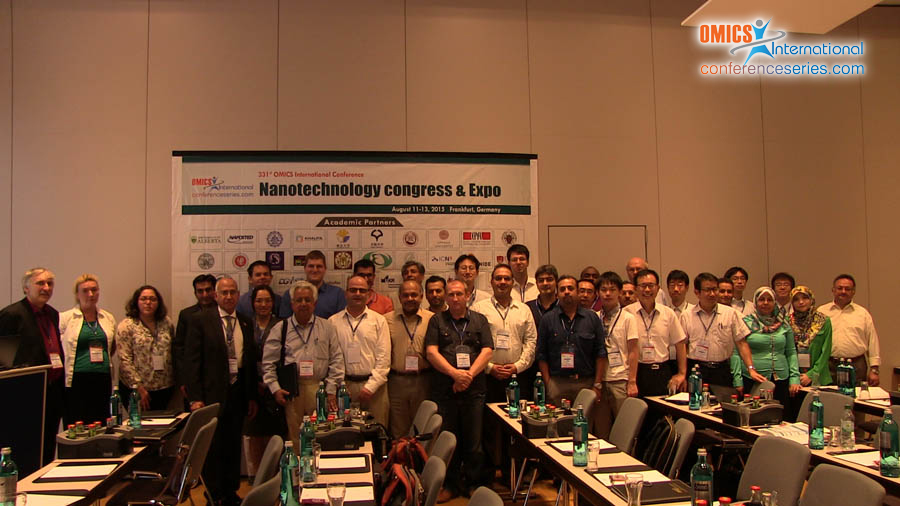
Christoph Rehbock
University of Duisburg, Germany
Title: Ligand-free alloy nanoparticles for applications in nano-toxicological assays
Biography
Biography: Christoph Rehbock
Abstract
In order to correctly assess toxicological effects of nanoparticles released from medical implants, testing systems with high purity are required. Unfortunately, nanoparticles obtained from chemical synthesis are frequently contaminated with artificial ligands remaining from synthesis, which may interfere with toxicity assays . Furthermore, chemical reduction methods in aqueous solutions fail to generate alloy nanoparticles with homogeneous ultrastructure . In order to overcome these limitations, ligand-free colloidal nanoparticles were fabricated by pulsed laser ablation in liquid . This method predominantly yields relatively broad size distributions, though precise control of particle size and particle composition are of paramount importance. To overcome this drawback we controlled particle size by addition of low salinity electrolytes during the nanoparticle formation process , while the utilization of artifical ligands was completely avoided. Furthermore, pulsed laser ablation in liquid was used to synthesize nanoparticles from binary and ternary alloy targets, while the resulting nanoparticles possess a homogeneous ultrastructure down to a single particle level and their overall composition well represented the implant alloy target. Additionally, the model system AuAg was used to systematically vary the nanoparticle composition and to correlate it to toxicological effects observed in bacterial and mammalian cell cultures as well as in reproduction biology .




